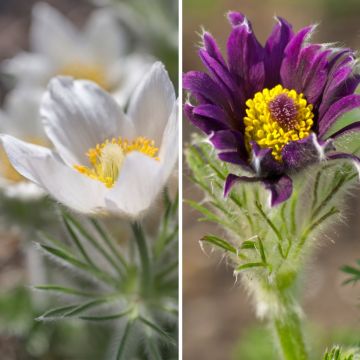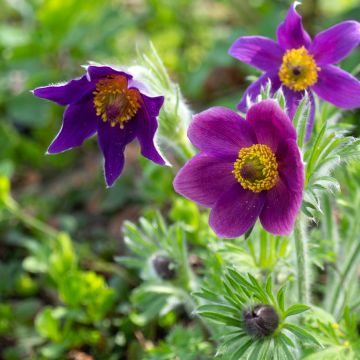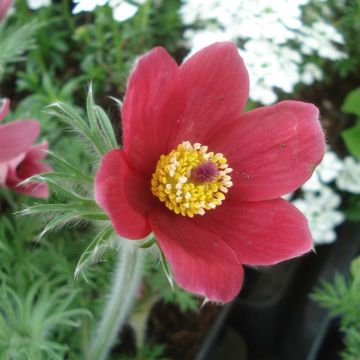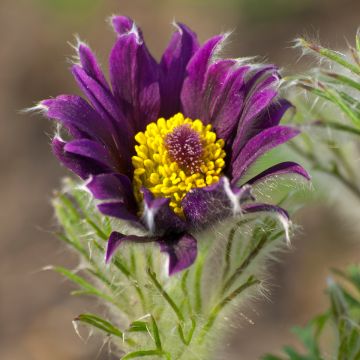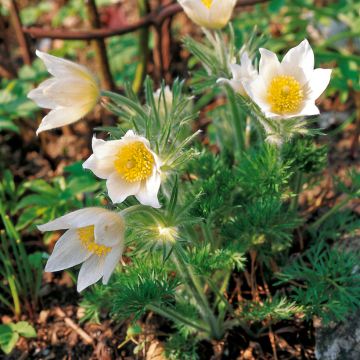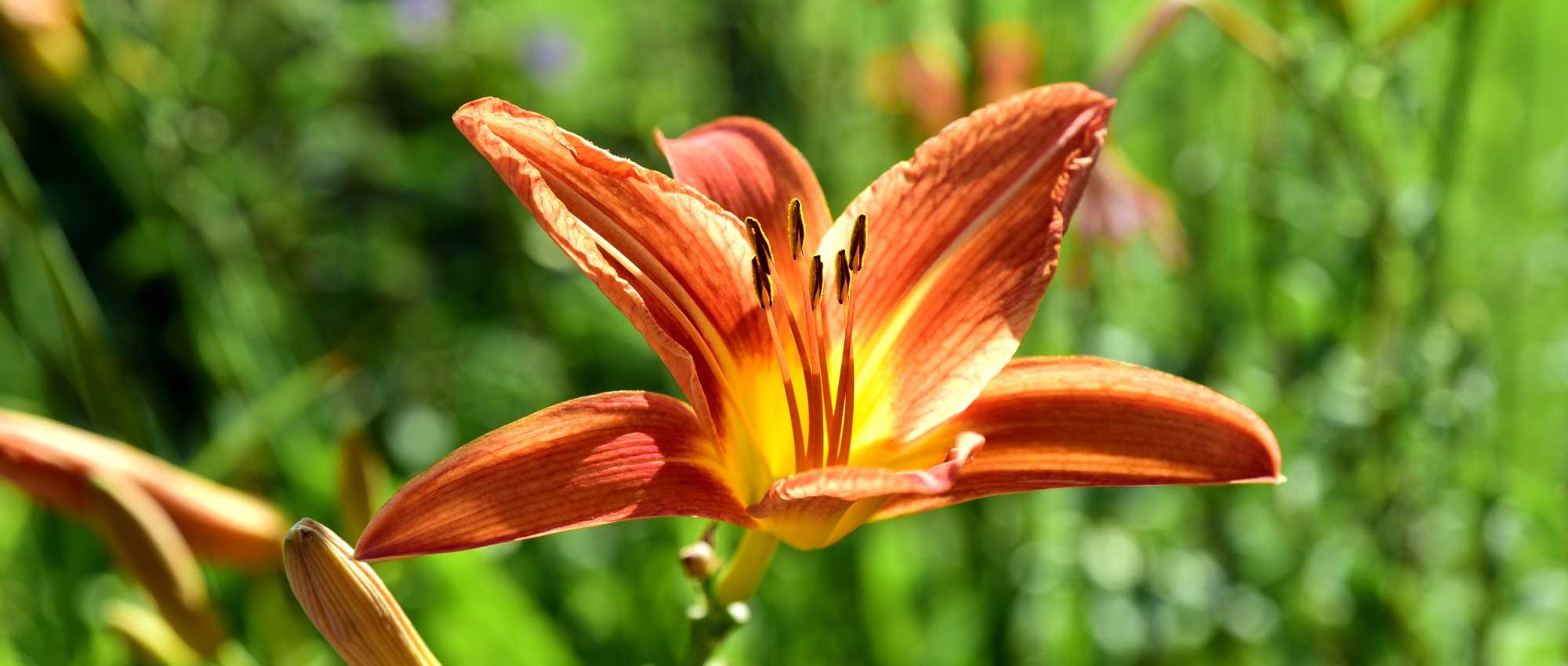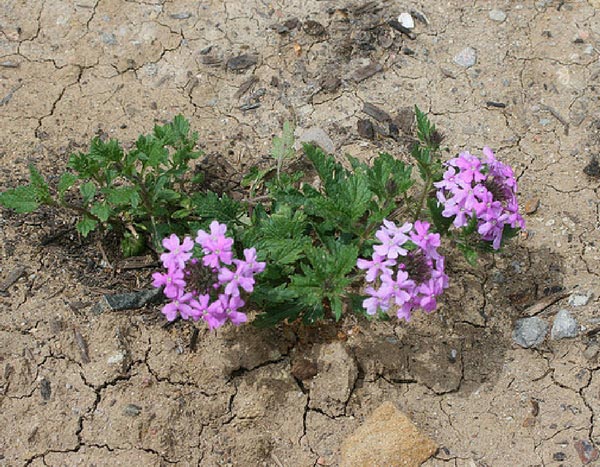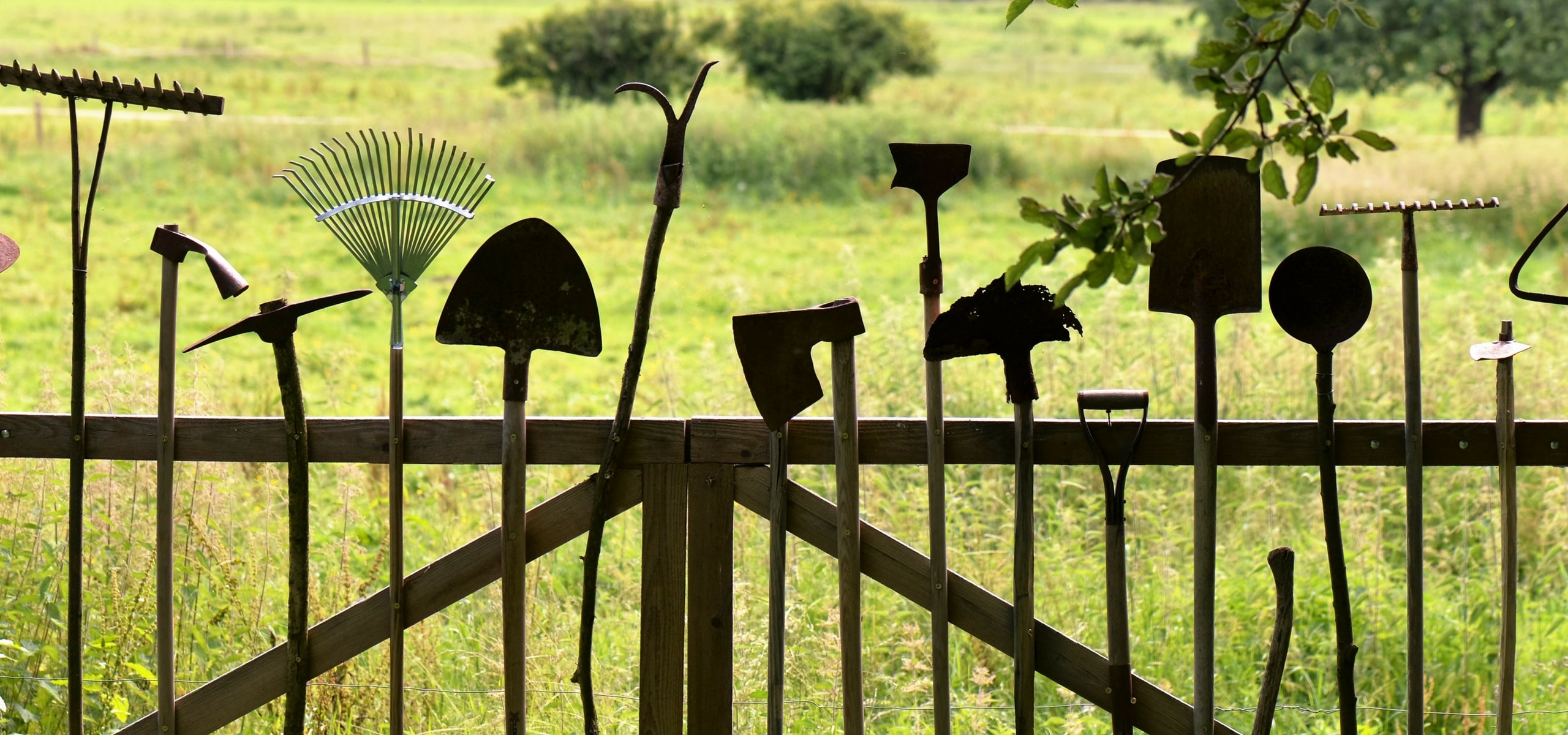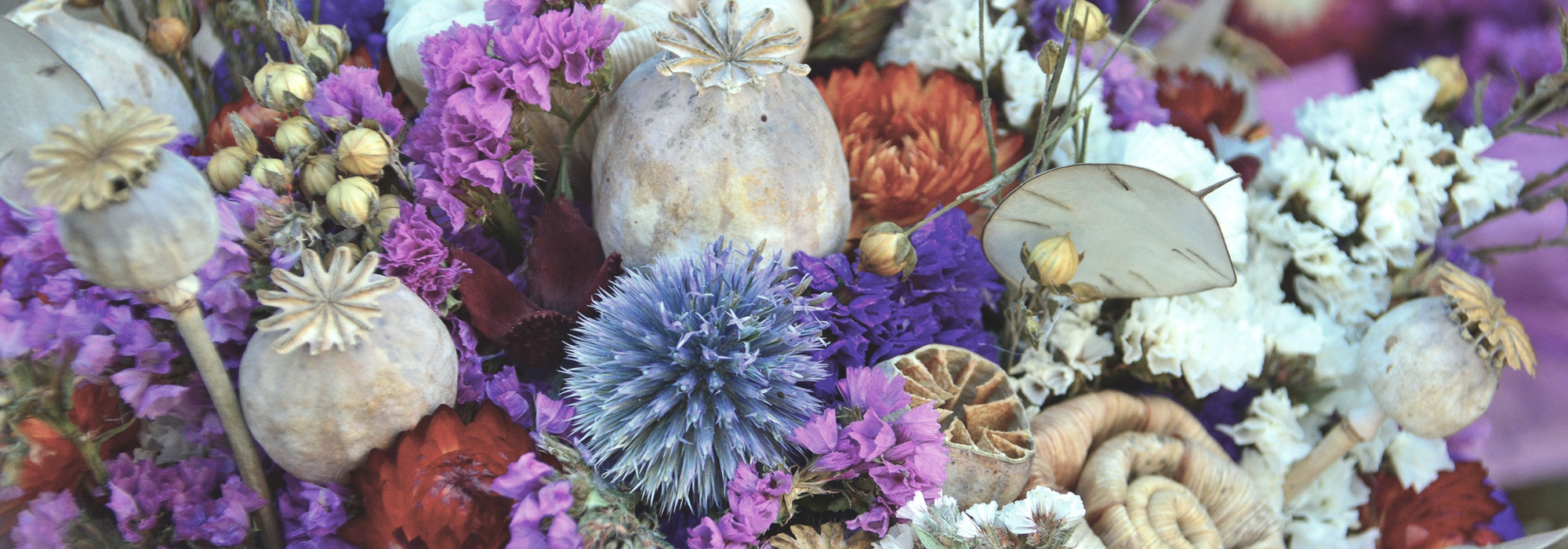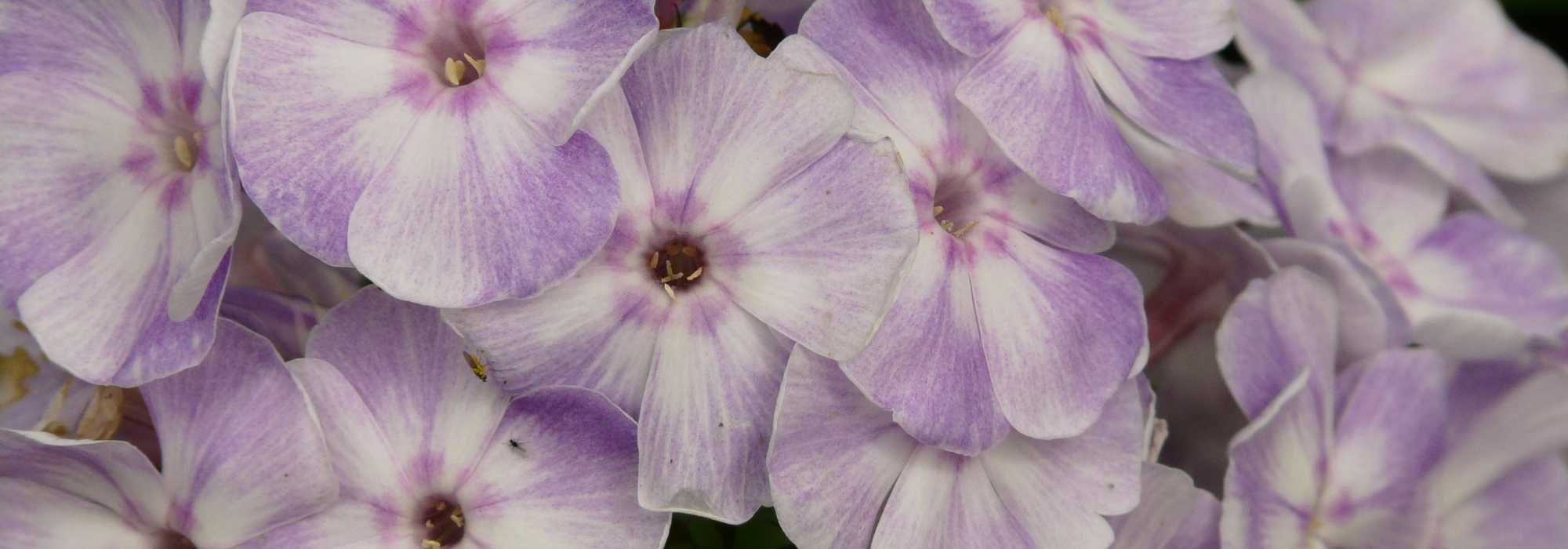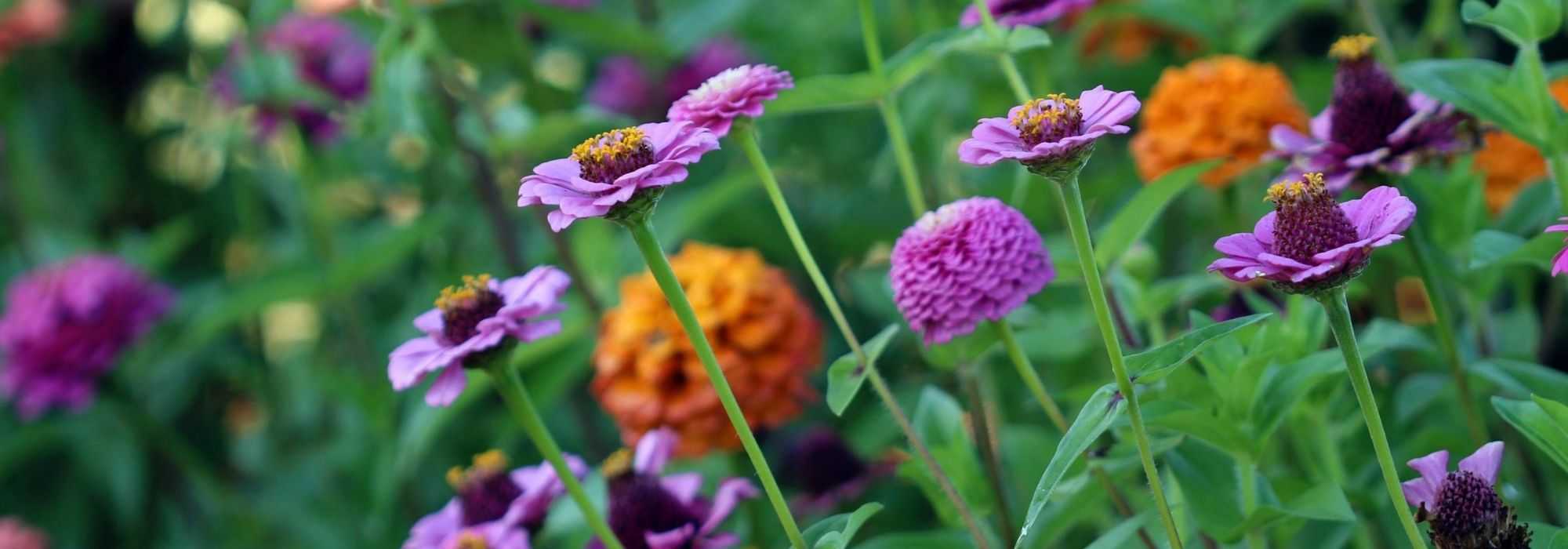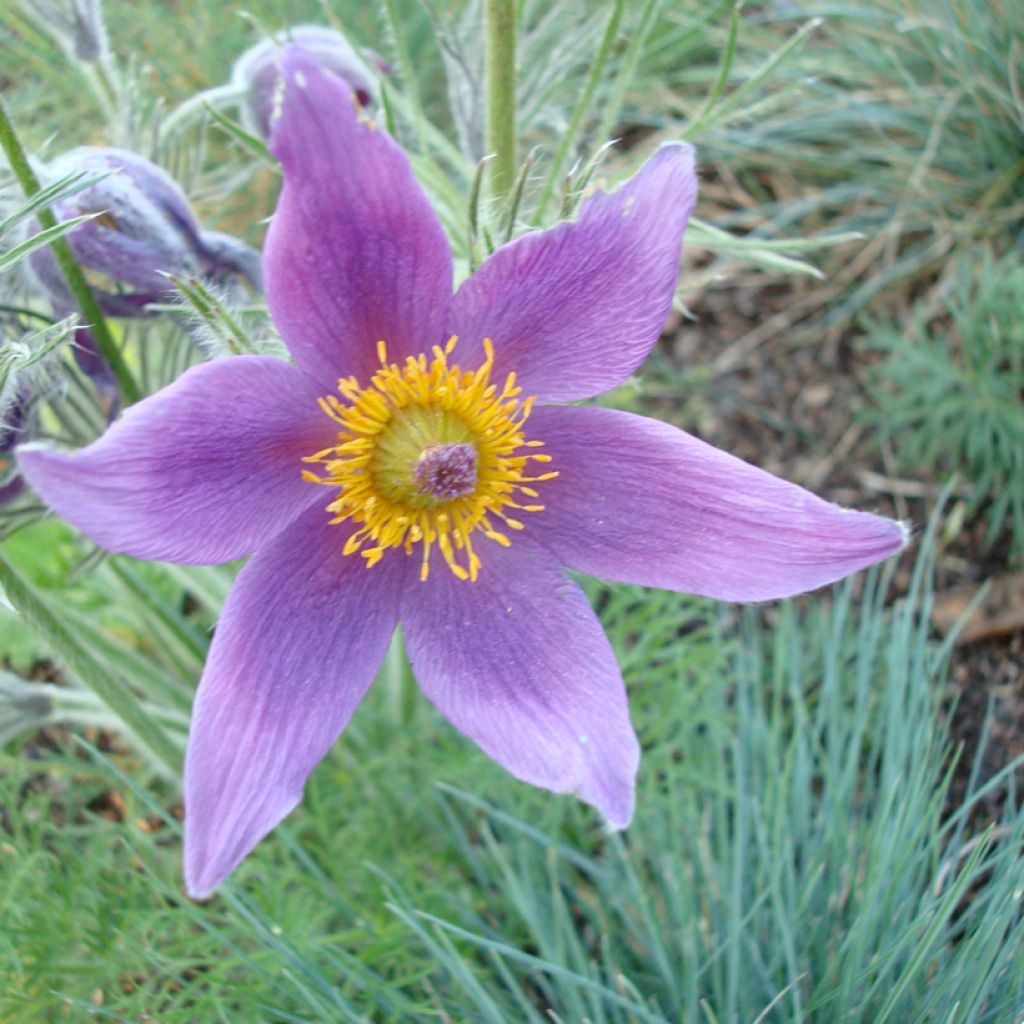

Pasque Flower seeds - Pulsatilla vulgaris
Pasque Flower seeds - Pulsatilla vulgaris
Pulsatilla vulgaris
Pasqueflower, Common Pasqueflower, European Pasqueflower
Special offer!
Receive a €20 voucher for any order over €90 (excluding delivery costs, credit notes, and plastic-free options)!
1- Add your favorite plants to your cart.
2- Once you have reached €90, confirm your order (you can even choose the delivery date!).
3- As soon as your order is shipped, you will receive an email containing your voucher code, valid for 3 months (90 days).
Your voucher is unique and can only be used once, for any order with a minimum value of €20, excluding delivery costs.
Can be combined with other current offers, non-divisible and non-refundable.
Home or relay delivery (depending on size and destination)
Schedule delivery date,
and select date in basket
This plant carries a 6 months recovery warranty
More information
We guarantee the quality of our plants for a full growing cycle, and will replace at our expense any plant that fails to recover under normal climatic and planting conditions.
Would this plant suit my garden?
Set up your Plantfit profile →
Description
The Violet Pasqueflower (Pulsatilla vulgaris), also known as "Coquerelle", is a small perennial plant with a delicate appearance, yet very cold-resistant. It produces large silky purple flowers that contrast beautifully with their golden stamen centre, in early spring. It is an excellent rockery plant in cool climates. Seed sowing requires a period of cold to break seed dormancy.
Pulsatilla vulgaris, from the Ranunculaceae family, is a perennial plant native to Europe, particularly common in the limestone meadows of the United Kingdom and Western Europe. The plant forms a compact clump and reaches about 20 to 30 cm in height. Its foliage is finely cut, silky, and light green. The basal leaves measure between 10 and 15 cm long and appear at the same time as the flowers in early spring. The foliage is deciduous, meaning it disappears in autumn. The deep violet flowers of this Pasque Flower measure between 5 and 9 cm in diameter. They are bell-shaped, sometimes slightly pendulous, composed of velvety petals. They appear as early as March, often when traces of snow are still present. After pollination by insects, ornamental fluffy seed heads form. After flowering, the stems elongate and the plant can reach up to 30 cm in height.
The Pasque Flower fits well in rockeries, alpine gardens, or at the edge of borders. It pairs well with plants that share its requirements for well-drained soil and sunny locations. It can be combined with Sea Thrift (Armeria), Mountain Everlasting 'Rubra' (Antennaria dioica 'Rubra'), and Corsican Spurge (Euphorbia myrsinites). Together, these plants create a symphony of textures and colours in spring.
Report an error about the product description
Flowering
Foliage
Plant habit
Botanical data
Pulsatilla
vulgaris
Ranunculacea
Pasqueflower, Common Pasqueflower, European Pasqueflower
Anemone pulsatilla, Anemone serotina, Pulsatilla vulgaris var. serotina
Western Europe
Other Pulsatilla- Pasque Flower
View all →Planting and care
The seeds of Pulsatilla vulgaris require a period of dormancy to germinate. To succeed in germination, place the seeds in a plastic bag with a slightly moistened paper towel, then refrigerate for 4 to 6 weeks. Then, sow them directly in the ground or in a seed tray at the end of summer or early autumn. Use well-drained soil, lightly cover the seeds with a thin layer of soil or sand, and keep the soil moist until the seeds germinate, which can take 2 to 4 weeks.
Germination is faster if the seeds are sown fresh. It is recommended to protect the young plants during their first winter by keeping them in a cold frame or greenhouse before planting them in the following spring.
Pasqueflower prefers well-drained soils, rich in organic matter and slightly alkaline. This hardy plant can withstand very cold temperatures (down to -30°C) and thrives in full sun or partial shade. Once established, it tolerates periods of drought, but it is essential to keep the soil slightly moist during the growth phase. Avoid overly wet soils that may cause root rot. To encourage abundant flowering, do not move the plants once they are settled, as they do not appreciate being disturbed. Mulching at the base of the plant will help protect the roots in winter
Sowing period
Intended location
Planting & care advice
This item has not been reviewed yet - be the first to leave a review about it.
Haven't found what you were looking for?
Hardiness is the lowest winter temperature a plant can endure without suffering serious damage or even dying. However, hardiness is affected by location (a sheltered area, such as a patio), protection (winter cover) and soil type (hardiness is improved by well-drained soil).

Photo Sharing Terms & Conditions
In order to encourage gardeners to interact and share their experiences, Promesse de fleurs offers various media enabling content to be uploaded onto its Site - in particular via the ‘Photo sharing’ module.
The User agrees to refrain from:
- Posting any content that is illegal, prejudicial, insulting, racist, inciteful to hatred, revisionist, contrary to public decency, that infringes on privacy or on the privacy rights of third parties, in particular the publicity rights of persons and goods, intellectual property rights, or the right to privacy.
- Submitting content on behalf of a third party;
- Impersonate the identity of a third party and/or publish any personal information about a third party;
In general, the User undertakes to refrain from any unethical behaviour.
All Content (in particular text, comments, files, images, photos, videos, creative works, etc.), which may be subject to property or intellectual property rights, image or other private rights, shall remain the property of the User, subject to the limited rights granted by the terms of the licence granted by Promesse de fleurs as stated below. Users are at liberty to publish or not to publish such Content on the Site, notably via the ‘Photo Sharing’ facility, and accept that this Content shall be made public and freely accessible, notably on the Internet.
Users further acknowledge, undertake to have ,and guarantee that they hold all necessary rights and permissions to publish such material on the Site, in particular with regard to the legislation in force pertaining to any privacy, property, intellectual property, image, or contractual rights, or rights of any other nature. By publishing such Content on the Site, Users acknowledge accepting full liability as publishers of the Content within the meaning of the law, and grant Promesse de fleurs, free of charge, an inclusive, worldwide licence for the said Content for the entire duration of its publication, including all reproduction, representation, up/downloading, displaying, performing, transmission, and storage rights.
Users also grant permission for their name to be linked to the Content and accept that this link may not always be made available.
By engaging in posting material, Users consent to their Content becoming automatically accessible on the Internet, in particular on other sites and/or blogs and/or web pages of the Promesse de fleurs site, including in particular social pages and the Promesse de fleurs catalogue.
Users may secure the removal of entrusted content free of charge by issuing a simple request via our contact form.
The flowering period indicated on our website applies to countries and regions located in USDA zone 8 (France, the United Kingdom, Ireland, the Netherlands, etc.)
It will vary according to where you live:
- In zones 9 to 10 (Italy, Spain, Greece, etc.), flowering will occur about 2 to 4 weeks earlier.
- In zones 6 to 7 (Germany, Poland, Slovenia, and lower mountainous regions), flowering will be delayed by 2 to 3 weeks.
- In zone 5 (Central Europe, Scandinavia), blooming will be delayed by 3 to 5 weeks.
In temperate climates, pruning of spring-flowering shrubs (forsythia, spireas, etc.) should be done just after flowering.
Pruning of summer-flowering shrubs (Indian Lilac, Perovskia, etc.) can be done in winter or spring.
In cold regions as well as with frost-sensitive plants, avoid pruning too early when severe frosts may still occur.
The planting period indicated on our website applies to countries and regions located in USDA zone 8 (France, United Kingdom, Ireland, Netherlands).
It will vary according to where you live:
- In Mediterranean zones (Marseille, Madrid, Milan, etc.), autumn and winter are the best planting periods.
- In continental zones (Strasbourg, Munich, Vienna, etc.), delay planting by 2 to 3 weeks in spring and bring it forward by 2 to 4 weeks in autumn.
- In mountainous regions (the Alps, Pyrenees, Carpathians, etc.), it is best to plant in late spring (May-June) or late summer (August-September).
The harvesting period indicated on our website applies to countries and regions in USDA zone 8 (France, England, Ireland, the Netherlands).
In colder areas (Scandinavia, Poland, Austria...) fruit and vegetable harvests are likely to be delayed by 3-4 weeks.
In warmer areas (Italy, Spain, Greece, etc.), harvesting will probably take place earlier, depending on weather conditions.
The sowing periods indicated on our website apply to countries and regions within USDA Zone 8 (France, UK, Ireland, Netherlands).
In colder areas (Scandinavia, Poland, Austria...), delay any outdoor sowing by 3-4 weeks, or sow under glass.
In warmer climes (Italy, Spain, Greece, etc.), bring outdoor sowing forward by a few weeks.






























